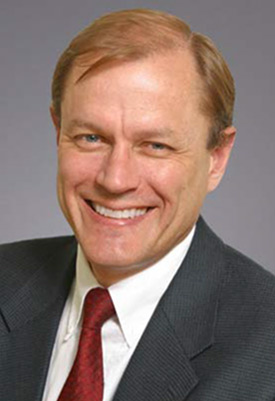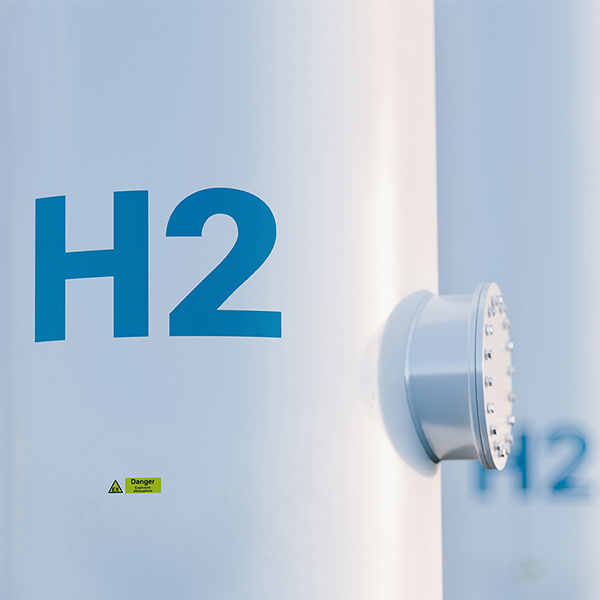 Steve Huntoon | Steve Huntoon
Steve Huntoon | Steve HuntoonJust when you might have hoped for a respite from green/clean energy fantasies — like the miracle of Babcock Ranch I wrote about last month[1] — another one comes along.
Apple (NASDAQ:APPL) just rolled out “Clean Energy Charging” in iOS 16.1. (For tech dolts like me, that’s the latest iPhone operating system.)
The Claim
Apple says: “When Clean Energy Charging is enabled [which is the default] and you connect your iPhone to a charger, your iPhone gets a forecast of the carbon emissions in your local energy grid and uses it to charge your iPhone during times of cleaner energy production.”[2]
What’s going on here?
The Basics
To start with the basics, carbon emissions come from electric power plants fueled by fossil fuels (basically natural gas and coal). In order to get clean energy, power generation has to be shifted from fossil fuels to non-fossil fuels.[3] For what Apple claims to work, it has to change the time of charging iPhones from when fossil fuel generation otherwise would be running to when clean generation would run more because of the iPhone charging. This can only happen by changing the dispatch of electric generators “on the margin” (last to be turned on/first to be turned off) because only generators on the margin are affected by an incremental change in demand (in this case from the iPhone charging). With me so far?
To drill down on Apple’s claim, I’ll focus on PJM. An iPhone charges at about 5 watts.[4] There are about 24 million iPhones in PJM,[5] so we’re talking 120,000,000 watts (equal to 120,000 kWs, or 120 MWs, if all these iPhones are charging at the same time). This is a pittance in PJM, but let’s let that slide.
Clean?
Now let’s make an assumption that all the iPhones in PJM are charging at 5 watts at the same time — 120 MWs worth. But 87.8% of the time, the marginal generator in PJM is fossil fuel.[6] How does Apple know when to stop iPhone charging in order to resume charging during the other 12.2% of the time when it’s not fossil fuel generation on the margin?
Apple doesn’t tell its customers how it knows when that would be, and it did not respond to repeated requests to answer that mystery.[7] And even when non-fossil fuels are on the margin during a given hour, it is only for a fraction of that hour.[8] And even if Apple could somehow guess right on a given five-minute period (and on location wherever there is congestion), it may have to hold off charging for hours or days waiting for those minutes to come along — with 24 million irate iPhone users waking up to learn their iPhone didn’t charge last night because Apple was waiting for Godot.
By the way, that 12.2% doesn’t mean there’s a paucity of non-fossil fuel generation in PJM, which actually makes up 38.4% of all generation in PJM.[9] Instead it reflects the fact that non-fossil fuel generators have low variable costs (sometimes even negative because of the production tax credit), so they are dispatched first whenever they actually can generate. And so they usually are not on the margin.
Cleaner?
Now let’s assume Apple is only claiming “cleaner” energy rather than “clean” energy (despite this title for its new function). It might hypothesize that relatively low energy clearing prices are correlated with cleaner fossil-fuel generation. If that were the case, then Apple might use lower expected energy prices (such as from the day-ahead market) as a predictor of cleaner generation on the margin, and shift iPhone charging accordingly (such as from afternoon hours to wee hours). Although this hypothesis is theoretically possible, there are problems.
First, it appears that the marginal fuel has no material correlation with the time of day.[10] In other words, simply shifting iPhone charging from, say, afternoon hours to, say, wee hours wouldn’t necessarily make for cleaner energy.
Second, if the idea is to choose from time to time between natural gas and coal generation based on the lowest day-ahead prices, that in itself appears to be a crapshoot because the fuel costs of natural gas and coal generation tend to be close.[11] So if for a given next day, Apple goes with say the lowest cost hours of 2 to 4 a.m., there isn’t a solid reason to assume natural gas rather than coal will be on the margin.[12]
Third, data from ERCOT suggests no clear relationship between the generator offer price supply curve and generator emissions.[13]
Bottom line: Even if clean/cleaner charging of iPhones were possible, there’s no reason to think Apple is actually doing it.
We could use a little more virtue, and a little less virtue signaling.
Columnist Steve Huntoon, principal of Energy Counsel LLP, and a former president of the Energy Bar Association, has been practicing energy law for more than 30 years.
[3] I’m assuming initially that Apple isn’t basing Clean Energy Charging on shifting iPhone charging from one fossil fuel like coal to another fossil fuel like natural gas. This would be misleading (i.e., not “clean”). But I’ll also discuss the prospect of merely “cleaner” generation later.
[4] https://www.popularmechanics.com/technology/gadgets/how-to/a3224/can-you-use-the-same-power-adapter-for-iphone-and-ipad-10283982/
[5] There are about 65 million people in the PJM footprint, and about 37% of them have an iPhone based on national data (125 million iPhone users in the U.S. relative to 332 million total U.S. population).
[6] https://www.monitoringanalytics.com/reports/PJM_State_of_the_Market/2022/2022q3-som-pjm-sec3.pdf, page 198, Table 3-67, fuel data for January-September 2022.
[7] Macworld speculated that “Apple is probably partnering to get data from electric grid managers that shows the mix of energy sources powering the grid (for example, see the California ISO supply trend page), or with a third-party source like Watttime that seeks to measure when the electricity you use is powered by cleaner sources.” https://www.macworld.com/article/1065566/ios-16-clean-energy-charging.html.
[8] https://www.monitoringanalytics.com/data/marginal_fuel.shtml, picking any month and observing in the “Percent Marginal” column the fractions of hours for non-fossil fuel generation (principally wind).
[9] https://www.pjm.com/-/media/committees-groups/committees/mc/2022/20220506-som/20220427-2021-state-of-the-market-report-presentation.ashx, slide 13, adding up all the non-fossil fuel percentages.
[10] https://www.monitoringanalytics.com/reports/PJM_State_of_the_Market/2022/2022q3-som-pjm-sec8.pdf, page 482, Table 8-35.
[11] https://pjm.com/-/media/committees-groups/committees/oc/2022/20221208/item-15—fuel-supply-overview.ashx, slide 11 (These are in $/MMBtu so do not reflect the lower heat rate/higher efficiency of natural gas generation, but they make the point.)
[12] This observation is consistent with my own spot-checking of hourly generation/load reporting on PJM’s home page, www.pjm.com. Relative shares of coal and natural gas generation didn’t seem much correlated with total load.

